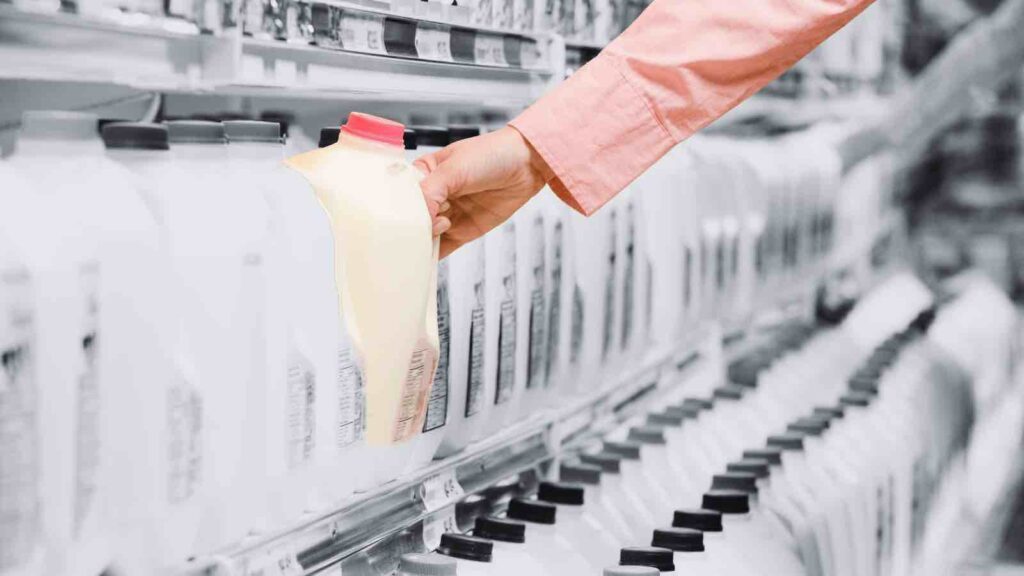Carbon labelling : above all, it’s about transparency, accountability, and making a genuine, meaningful difference in the fight against climate change.
As the urgency to address climate change intensifies, a significant focus has landed on the food industry’s carbon footprint. However, a recent analysis by the World Wildlife Fund (WWF) has raised some alarming concerns over carbon accounting for food products.
RELEVANT SUSTAINABLE GOALS


Carbon Labels For Food And Beverage Industry
The WWF argues that without standardized metrics and more precise data, emissions estimates for individual food products can fluctuate dramatically. They can vary by a factor of ten to a hundred, rendering current practices both confusing and potentially misleading. This discrepancy poses a formidable challenge for both companies attempting to reduce their emissions and consumers trying to make sustainable choices.
The reasons for this mess of methodologies and interpretations are varied. The food production sector is vastly decentralized, encompassing over 500 million farms and numerous packing and manufacturing facilities, each with differing emission outputs. The industry lacks uniform greenhouse gas accounting standards, with varying criteria for what emissions to include or how to distribute emissions amongst co-products.
Despite these inconsistencies, this information is being utilized to inform investments, sustainability strategies, and product rankings. The resultant risk of misrepresentation or misuse is clear and substantial.
However, the solution is not to abandon food emissions labeling altogether. Accurate carbon accounting can yield valuable insights. It is rather about improving and refining the system to make it a more effective tool for combating climate change.
To do this, WWF has outlined three essential steps: the establishment of globally standardized methodologies and reporting requirements, the streamlining of information collection from suppliers, and the detailed reporting of the methodological information used in calculating footprints.
Although these tasks may seem daunting, various initiatives, such as the Sustainable Markets Initiative, World Business Council for Sustainable Development, and One Planet Business for Biodiversity, are making strides in this direction.
Furthermore, the emergence of sophisticated data platforms, leveraging machine learning to gather extensive data points from existing life cycle assessments, offers promising avenues for progress. These tools can help companies rapidly gain a comprehensive view of their portfolios, identify hotspots, and focus on specific suppliers or ingredients for maximum impact.
You may also be interested in :
“Use-By” Dates For Food and Beverages, South Korea’s Efforts To keep Food Out Of Landfill


